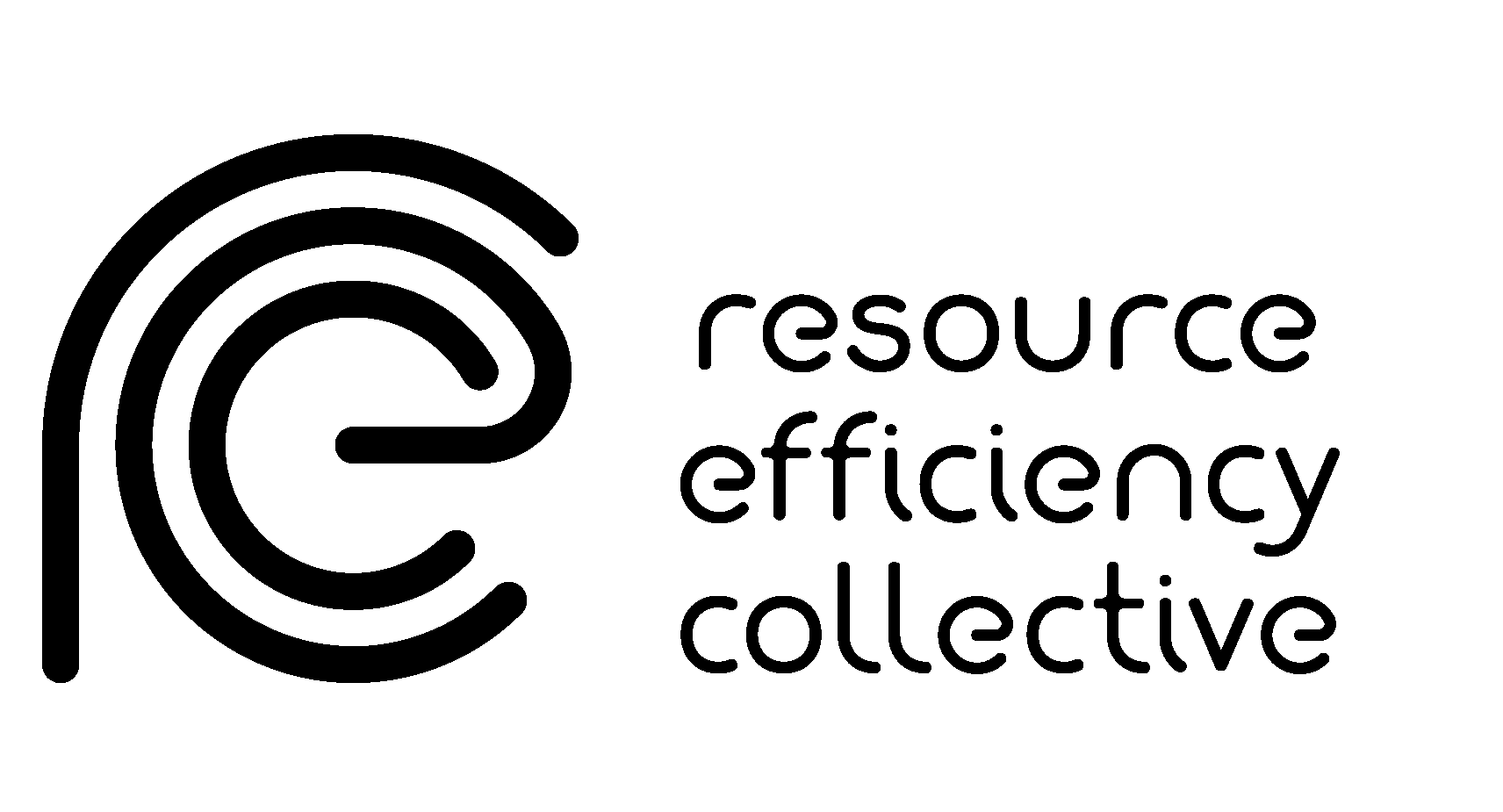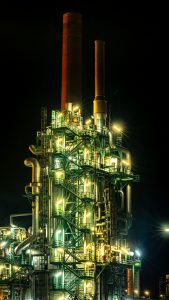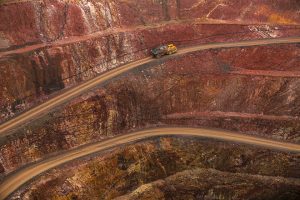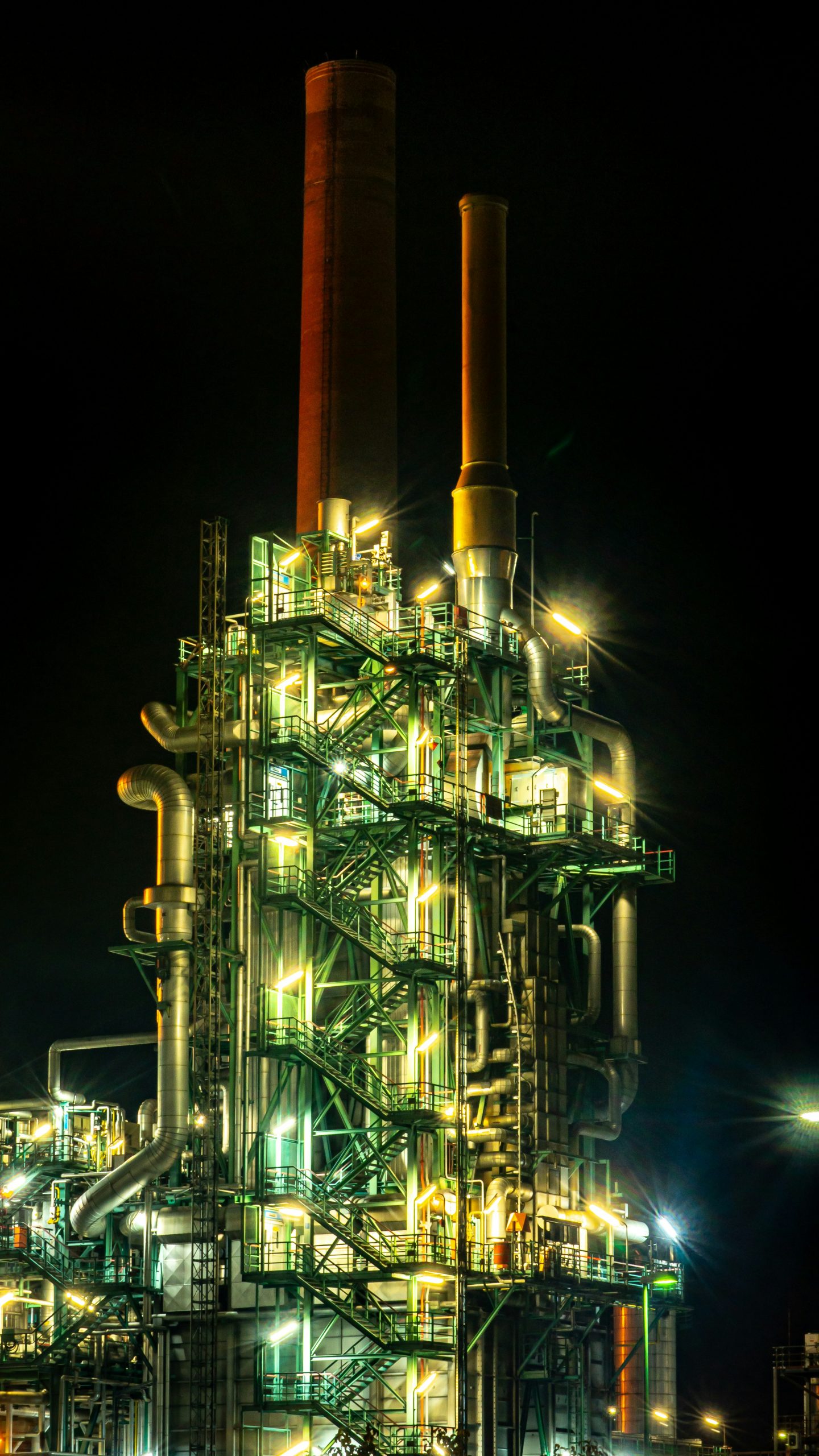Wind turbine blade end-of-life options: An economic comparison
The global installed capacity of wind has increased rapidly over the last 20 years and will continue to grow as many countries look towards a net-zero carbon emissions future. Despite being widely regarded as a clean technology, wind turbines are only emission-free during their use phase. Their manufacture and end-of-life stages release significant emissions and use a large amount of energy and materials. This paper focuses on the economic feasibilities of wind turbine end-of-life processes [1].
As turbines are decommissioned over the coming decades there will be a huge volume of waste generated which will require resources and energy to be disposed of. To make the best use of resources, the materials in wind turbines should be recycled. Wind turbines are made from composite materials, namely glass fibre or carbon fibre, which require involved and expensive recycling processes [2]. There are three methods for recycling composite waste: mechanical recycling (grinding the composites to produce particles for use in future composites as fillers) [3], thermal recycling (thermally decomposing the products to allow the recovery of carbon fibres) [4], and chemical recycling (solvents are used to break chemical bonds, allowing the recovery of carbon fibres) [5].
Glass fibre and carbon fibre require different recycling methods given their varying virgin material costs. Glass fibre is cheap to manufacture such that only mechanical recycling is cheaper than making new material. For the more expensive carbon fibre, mechanical recycling and fluidised-bed recycling are the best options given their high net profit and technology readiness levels. In the future, the optimal solution will likely be chemical recycling, which is currently only performed at lab-scale and therefore not commercially available. Viable recycling options also depend on regional policies and limitations. For example, in the USA, landfill costs are far smaller than recycling costs, which means all recycling options are currently economically unfavourable. Policy changes, such as a ban on composite landfill, would be needed in this case.
The findings from this paper are not limited to wind turbines: they can inform all sectors which use glass fibre and carbon fibre regarding the commercial value of their recycling options.
Read the full paper by Pu Liu, Fanran, and Claire Y. Barlow here
[1] Morini, A.A., Ribeiro, M.J. & Hotza, D. (2021) Carbon footprint and embodied energy of a wind turbine blade—a case study. Int J Life Cycle Assess 26, 1177–1187
[2] S. Karuppannan Gopalraj, T. Kärki. (2020) A review on the recycling of waste carbon fibre/glass fibre-reinforced composites: fibre recovery, properties and life-cycle analysis. SN Appl. Sci., 2 (3).
[3] Pickering, S.J., (2006), Recycling technologies for thermoset composite materials – Current status, Composites, Part A 37 (8), 1206-1215.
[4] Meng, F., mckechnie, J., Pickering, S.J., (2018) An assessment of financial viability of recycled carbon fibre in automotive applications, Composites Part A: Applied Science and Manufacturing, 109, 207-220
[5] Mattersson, C., Andre, A., Juntikka, M., Trankle, T., Sott, R., 2020, Chemical recycling of Eng-of-Life wind turbine blades by solvolysis/HTL. IOP Conference Series:Materials Sience and Engineering, 942, 012013.
Photo credit: American Public Power Association













